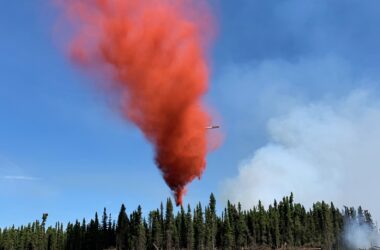Two types of influenza peaked at different times during this past flu season despite an overall decline in flu activity according to the Center for Disease Control.
Nurse Epidemiologist Donna Fearey said influenza is a hard virus to predict each season.
Fearey: “We had peak activity in November with influenza A and had continued but decreasing activity by the middle of December. And then in spring time we had a little uptick in influenza B activity.”
She said the later peak in influenza B is not uncommon however Alaska has seen an extended flu season.
The continental U.S. saw a similar pattern, with a late increase in influenza B particularly in the northeastern states.
The CDC reported that across the nation the 2014-2015 flu vaccines did not match the components for influenza A well.
Fearey: “When the strains are selected for the following year that decision is made in the early spring months and it takes about six months for that vaccine to be developed and because influenza is constantly changing, unfortunately this last season, the influenza A that circulated most frequently was not well matched so it was a drifted virus and resulted in reduced vaccine effectiveness.”
Although no influenza-associated deaths were reported directly to health care providers this past flu season, the Alaska Bureau of Vital Statistics found five adult deaths and one pediatric death which indicate the flu could have been a contributing cause of death.
Fearey said the State of Alaska still recommends residents get flu vaccines each year when they become available in the fall.






